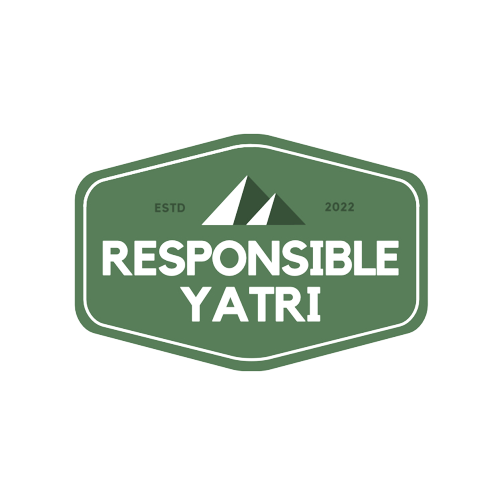The ozone layer is a layer in Earth’s atmosphere that absorbs harmful ultraviolet radiation from the Sun. It is located approximately 10 to 20 kilometers above the Earth’s surface and is composed of ozone molecules, which are composed of three oxygen atoms.

The ozone layer protects living things from the damaging effects of UV radiation, which can cause skin cancer and cataracts, and damage plants. Unfortunately, human activities are causing damage to the ozone layer. The most common form of damage is from chlorofluorocarbons (CFCs), which are used in aerosol sprays, refrigerants, and other products. CFCs react with ozone molecules in the atmosphere, depleting the ozone layer.
Ozone depletion has been linked to an increase in skin cancer, cataracts, and damage to plants. To reduce ozone depletion, nations around the world have passed laws to reduce the production and usage of CFCs.
In a recent report released by the UN, Ozone layer recovery is on track, helping avoid global warming by 0.5°C. This is positive sign for us as the hole in ozone layer is causing harm to living beings, especially humans as its causing skin cancer.
According to the UNEP, if current policies remain in place, the ozone layer is expected to recover to 1980 values (before the appearance of the ozone hole) by around 2066 over the Antarctic, by 2045 over the Arctic and by 2040 for the rest of the world. Variations in the size of the Antarctic ozone hole, particularly between 2019 and 2021, were driven largely by meteorological conditions. Nevertheless, the Antarctic ozone hole has been slowly improving in area and depth since the year 2000.
How is Ozone Layer protecting us?
The ozone layer is a vital part of our atmosphere, providing essential protection from the sun’s harmful ultraviolet (UV) radiation. UV radiation is a type of electromagnetic radiation that is part of the spectrum produced by the sun. It has a shorter wavelength than visible light, and is composed of high-energy particles.
Ozone is a naturally occurring gas that absorbs UV radiation and prevents it from reaching the Earth’s surface. This protects us from overexposure to UV radiation, which can cause health problems such as skin cancer, eye damage, and weakened immune systems. In addition, ozone also helps to regulate the Earth’s climate by trapping the sun’s heat in the atmosphere. Without the ozone layer, much of this heat would escape into space and lead to a drastic drop in global temperatures.
Also read:

Leave a Reply